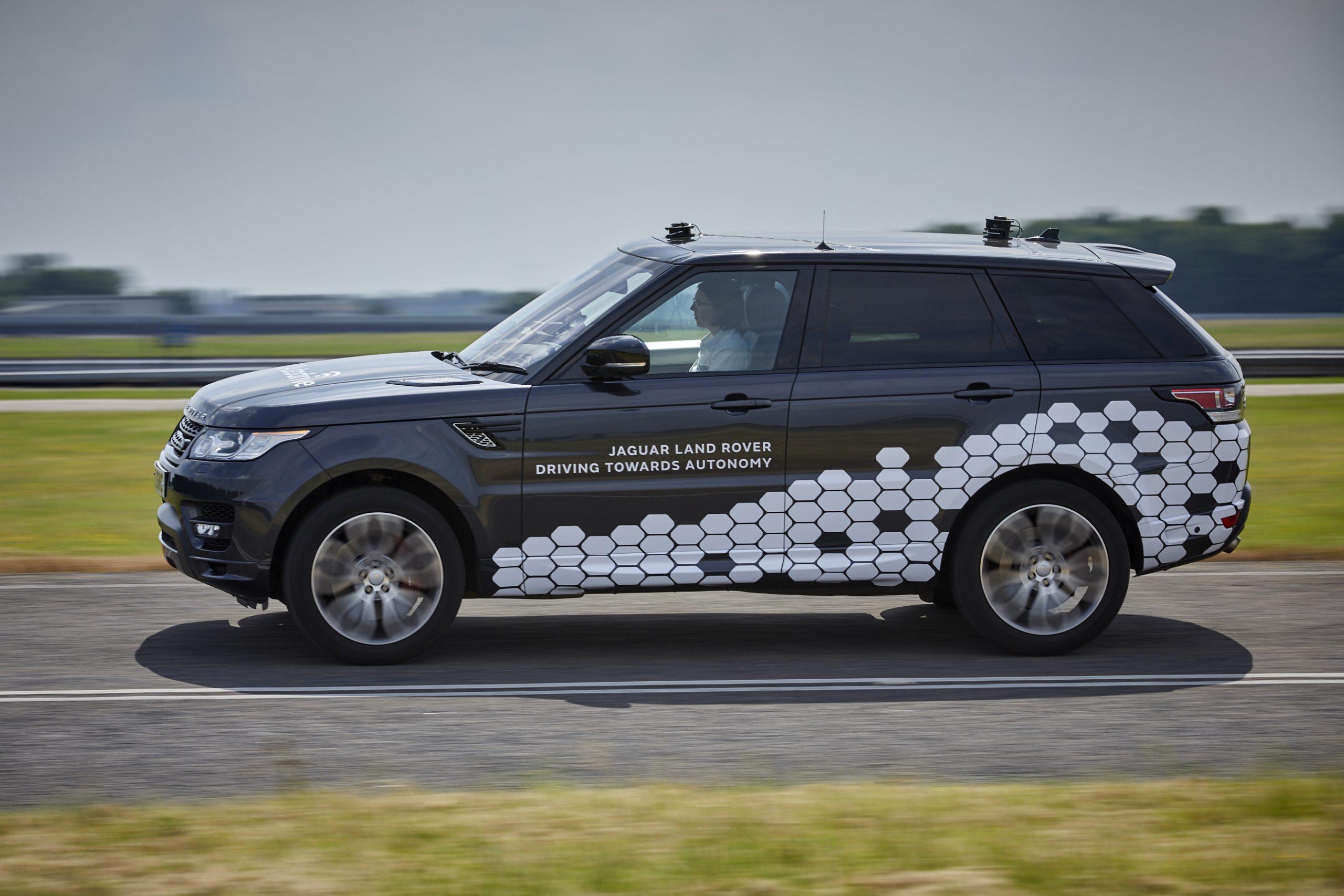The Current Landscape of Jaguar Land Rover

Introduction
Jaguar Land Rover (JLR) is a prominent name in the automotive industry, known for its luxury vehicles and a rich heritage that dates back over 80 years. As a major player in the global automotive market, understanding JLR’s current challenges and advancements is paramount for industry analysts, investors, and consumers alike. The company has recently faced hurdles, including supply chain disruptions and the shift towards electric vehicles, making it a focal point in discussions about the future of automotive manufacturing.
Recent Developments
In the wake of significant global challenges posed by the COVID-19 pandemic and semiconductor shortages, Jaguar Land Rover has been actively redefining its operational strategies. In 2022, the company announced its ambitious target to achieve net-zero carbon emissions by 2039, reinforcing its commitment to sustainability and innovation. The launch of the ‘Reimagine’ strategy aims to transition JLR towards becoming a fully electric luxury brand by 2030, with plans to release a series of electric-only models in the upcoming years, including the highly anticipated electric successor to the iconic Jaguar XJ.
In September 2023, JLR unveiled its first electric vehicle under its new strategy, the all-electric Range Rover, which has received widespread acclaim for its technology and luxury features. The model encapsulates JLR’s vision of merging their luxury experience with cutting-edge electric vehicle technology, and it is expected to set the stage for future electric models.
Challenges Ahead
Despite these positive strides, Jaguar Land Rover faces numerous challenges that could impact its trajectory. The global semiconductor shortage remains a significant concern, affecting the production capacity and availability of new vehicles. Additionally, the rising costs of raw materials and competition from other luxury electric vehicle manufacturers, such as Tesla and Rivian, pose ongoing threats to JLR’s market share.
Moreover, being part of Tata Motors, the parent company, there is a cloud of uncertainty due to potential shifts in strategic focus that could impact JLR’s long-term investment in electric vehicles.
Conclusion
Jaguar Land Rover is at a crucial turning point in its history, where the commitment to electric mobility and sustainability intersects with significant external challenges. For consumers and investors, following JLR’s progress and responses to these dynamics will be critical in understanding its future in the competitive automotive landscape. As the company strives to redefine itself, it will play an essential role in shaping the evolution of luxury automotive engineering in the green era.
